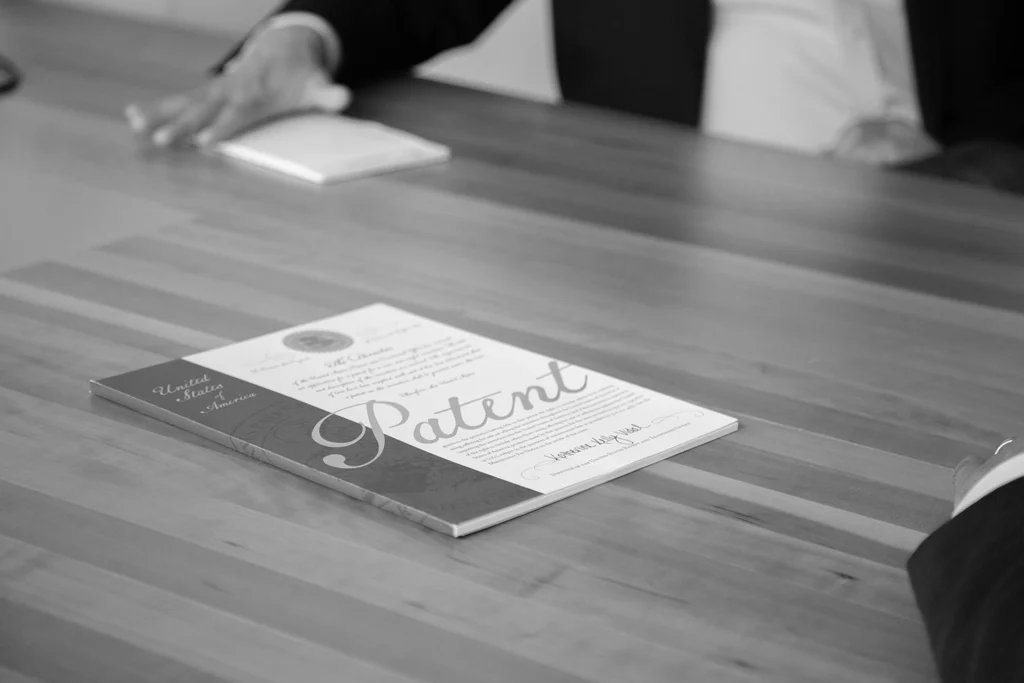Consumers make purchasing decisions based on myriad factors, from accessibility to price. The appearance of products also plays a considerable role in buying habits. People want to enjoy looking at what they buy, and they want other people to like looking at what they buy, too.
This is why design patents are so valuable.
What are they?
Design patents preserve the uniqueness of how a product actually looks versus how it functions. Some of the elements an inventor or business may want to secure a design patent for include:
- Any ornamental features of a product
- Fonts
- Packaging
- Emojis
- Product shape
- Non-functional clothing designs
Notably, one area seeing a surge in design patent filings is UX and UI (user experience and user-interface design). Some examples of these elements include animated icons, wait routines or even the look of a “swipe to unlock” button.
What they can do
Design patents prevent others from making their products look the same. Even seemingly insignificant elements can confuse consumers or push them to choose one product over another.
For instance, when considering two similar products, an individual might opt to buy the one that is more aesthetically pleasing or identifiable. In some cases, design can trump other elements that factor into the buying process, including price.
When inventors secure a design patent, they protect the unique look of their product for 14-15 years. Should another party copy a patented design, they can face significant penalties, including loss of profits. Even if the infringement was unintentional, patent holders can still enforce their rights and seek to stop the infringing party.
Tips to secure a design patent
Creating new, non-obvious design is the first step toward a design patent. The element should be primarily ornamental, as opposed to something functional, in which case it could be eligible for a utility patent.
Parties wishing to secure a design patent would be wise to act fast. Waiting until a product is available to the public or sold could result in lost opportunities. Reviewing current patents can also be wise, as it can prevent parties from seeking protection for something that someone else already holds a patent for.
Considering this information can help inventors and business owners appreciate and capitalize on the value of a design patent.

